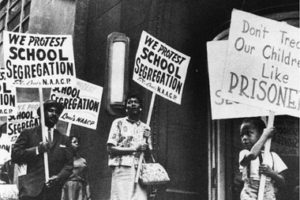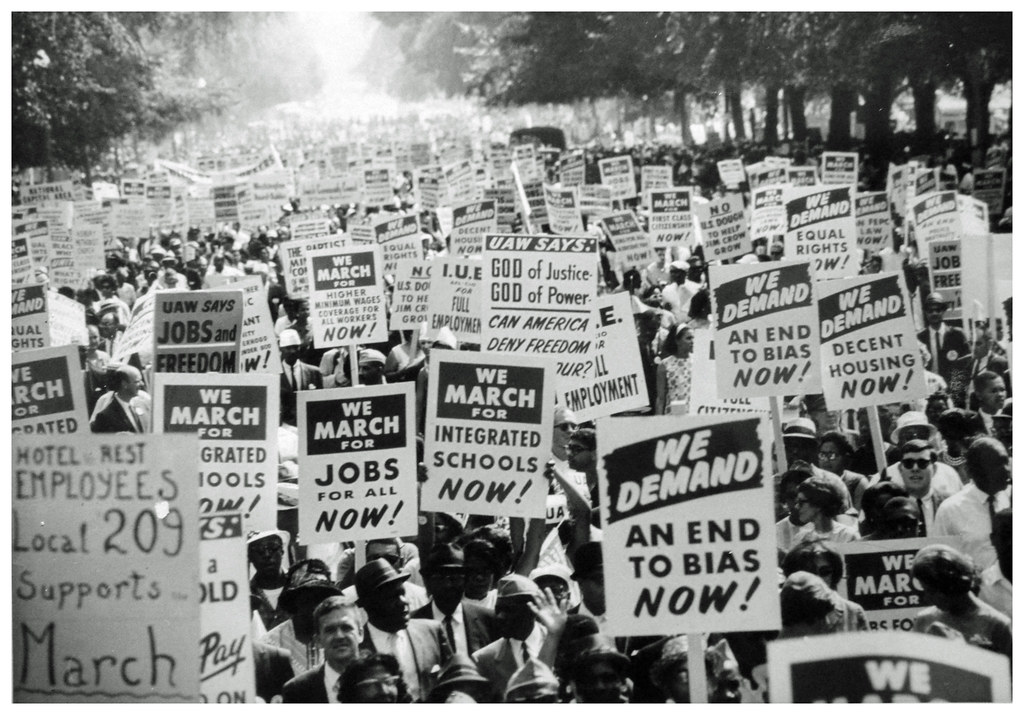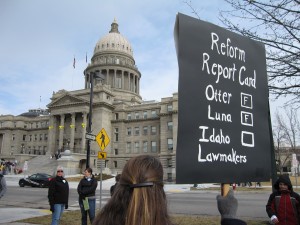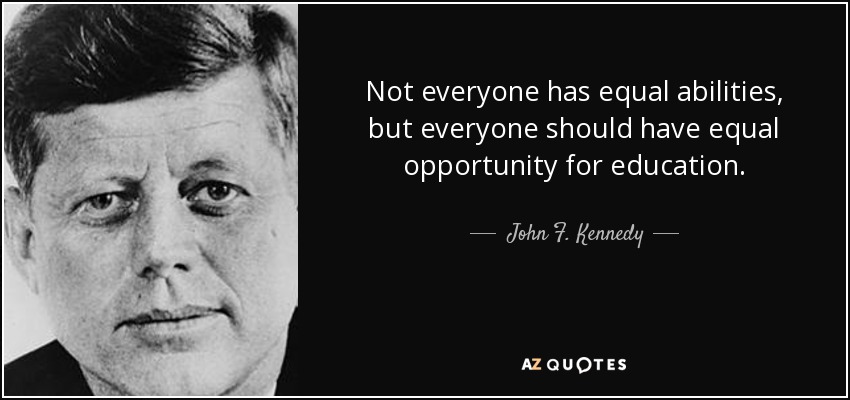“It doesn’t matter who gets the credit as long as the job gets done.”
The problem with this quote by Frank J. Manley is that his modesty left his concept vulnerable to corruptive and destructive influences.
With help from philanthropist Charles S. Mott, Manley fathered, fostered, and grew the Modern Community Education Concept that some trace back to John Dewey’s philosophy of community-centered schools.
Frank Manley believed “that basic human needs cannot wait — that our social institutions cannot compensate tomorrow for what they fail to do today.”
Manley built a vehicle in which to spread his vision of individuals participating in solving the problems of their own communities using existing resources. That vehicle is the community education concept. It is a concept; not a program, not a one-time “fix” that can be provided for a school or community through a grant. It must be taught, practiced, and perpetuated.
How Frank Manley Saw Community Schools
Manley saw community schools bringing together all the elements for educational success (resources, people, activities, supports) and he could envision the necessity to bring all the community “forces” together to focus on community needs through involvement in the education of our youth, as well as our youth being involved in helping their own community. It is the same basic philosophy that 4H is based on—learning by doing with well-trained guidance.
This is not a foreign concept; it is an American concept. And after 30 years of experience with its success, Mr. Manley brought the idea before the Office of Education in Washington D.C. Then in 1965, without credit being given to Frank Manley, Frank (Francis) Keppel served as the chief architect of the 1965 Elementary and Secondary Education Act whose foundation for strengthening and improving America’s schools was obviously the community schools concept.
This idea was free and was spread through public institutions of higher learning. But what happened? Why hasn’t this vehicle taken us further down the road?
This was part 4 of ten blogs on The Road to Educational Quality and Equality that started with The March Begins. Next: History Repeats











